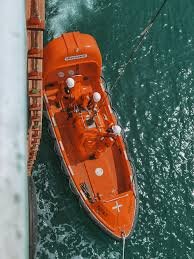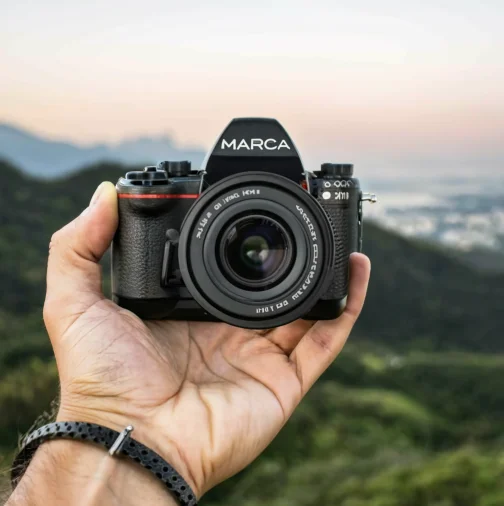Marine Salvage 101: Must-Have Tools and Equipment for Success
Marine salvage is a complex and challenging field that requires a specialized set of tools and equipment to ensure successful operations. From lifting sunken vessels to removing hazardous materials, marine salvage professionals must be equipped with the right gear to handle a variety of scenarios. In this blog post, we’ll explore the essential tools and equipment every marine salvage company needs to succeed.
1. Salvage Tugs and Workboats
At the heart of any marine salvage operation are salvage tugs and workboats. These vessels are crucial for towing damaged ships, providing a stable platform for divers, and transporting equipment to the salvage site. Salvage tugs are powerful, with strong engines and robust hulls designed to withstand harsh conditions. Workboats, on the other hand, are versatile and can be equipped with cranes, winches, and other tools necessary for the job. Mysdmc
2. Heavy-Lift Cranes and Winches
Lifting and moving heavy objects is a common task in marine salvage. Heavy-lift cranes and winches are essential for hoisting sunken vessels, large debris, and other underwater objects. These machines need to have a high lifting capacity and be capable of operating in challenging marine environments. Hydraulic cranes and winches are particularly useful due to their strength and precision.
3. Diving Equipment
Diving operations are a critical component of marine salvage. Divers need specialized equipment to perform tasks underwater safely and effectively. Essential diving gear includes:
- Dive Helmets: Provide divers with a constant supply of air and protect them from underwater hazards.
- Wet and Dry Suits: Protect divers from cold water and harsh underwater conditions.
- Underwater Communication Systems: Allow divers to communicate with the surface team, ensuring coordination and safety.
- Underwater Cutting and Welding Tools: Enable divers to cut through metal and make repairs underwater.
4. Pumps and De-Watering Equipment
Removing water from sunken vessels or flooded compartments is a crucial step in many salvage operations. High-capacity pumps and de-watering equipment are necessary to quickly and efficiently remove water, making refloating vessels or accessing submerged areas possible. Submersible pumps are particularly effective as they can operate while fully submerged.
5. Airbags and Lift Bags
Airbags and lift bags are crucial for refloating sunken vessels. These inflatable devices are attached to the submerged object and filled with air, creating buoyancy that lifts the object to the surface. Available in various sizes and capacities, lifting bags are versatile tools suitable for a wide range of salvage scenarios.
6. Sonar and ROVs (Remotely Operated Vehicles)
Locating and assessing submerged objects is a critical part of marine salvage. Sonar equipment is used to create detailed maps of the underwater environment, helping salvage teams locate wrecks and other objects. ROVs, equipped with cameras and manipulator arms, allow operators to inspect and interact with underwater objects remotely. This technology is invaluable for planning salvage operations and assessing conditions before deploying divers.
7. Hazardous Material Handling Equipment
Marine salvage often involves hazardous materials such as fuel, oil, and chemicals. Proper handling and disposal of these materials are crucial to prevent environmental contamination and ensure the safety of the salvage team. Specialized equipment such as containment booms, skimmers, and absorbent pads manage and clean up spills.
8. Rigging and Lifting Gear
Rigging and lifting gear, including chains, cables, slings, and shackles, are essential for securing and lifting heavy objects. This equipment needs to be strong, durable, and properly maintained to ensure safe and effective operations. Proper rigging techniques are critical to prevent accidents and damage during lifting operations.
9. Emergency and Safety Equipment
Safety is paramount in marine salvage operations. Emergency and safety equipment such as life jackets, first aid kits, fire extinguishers, and emergency signaling devices must be readily available and in good condition. Regular safety drills and training are also essential to prepare the salvage team for emergencies.
Conclusion
Marine salvage is a demanding field that requires specialized tools and equipment to handle the unique challenges of working underwater. By equipping themselves with the right gear, marine salvage companies can ensure the success of their operations, protect the environment, and safeguard their teams. From powerful salvage tugs to precise diving equipment, each tool plays a crucial role in the complex and fascinating world of marine salvage.






